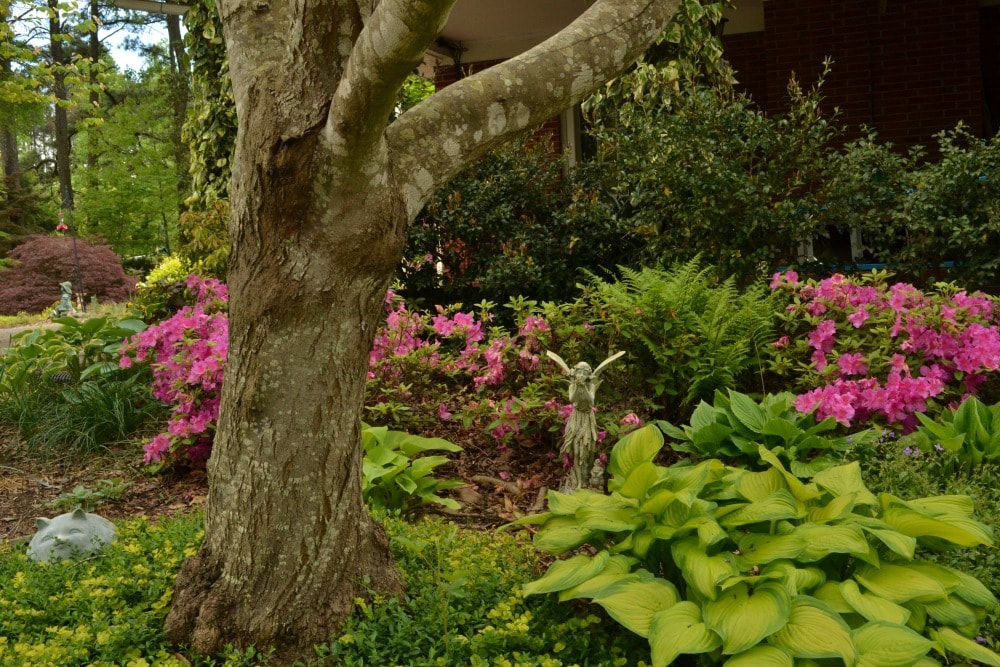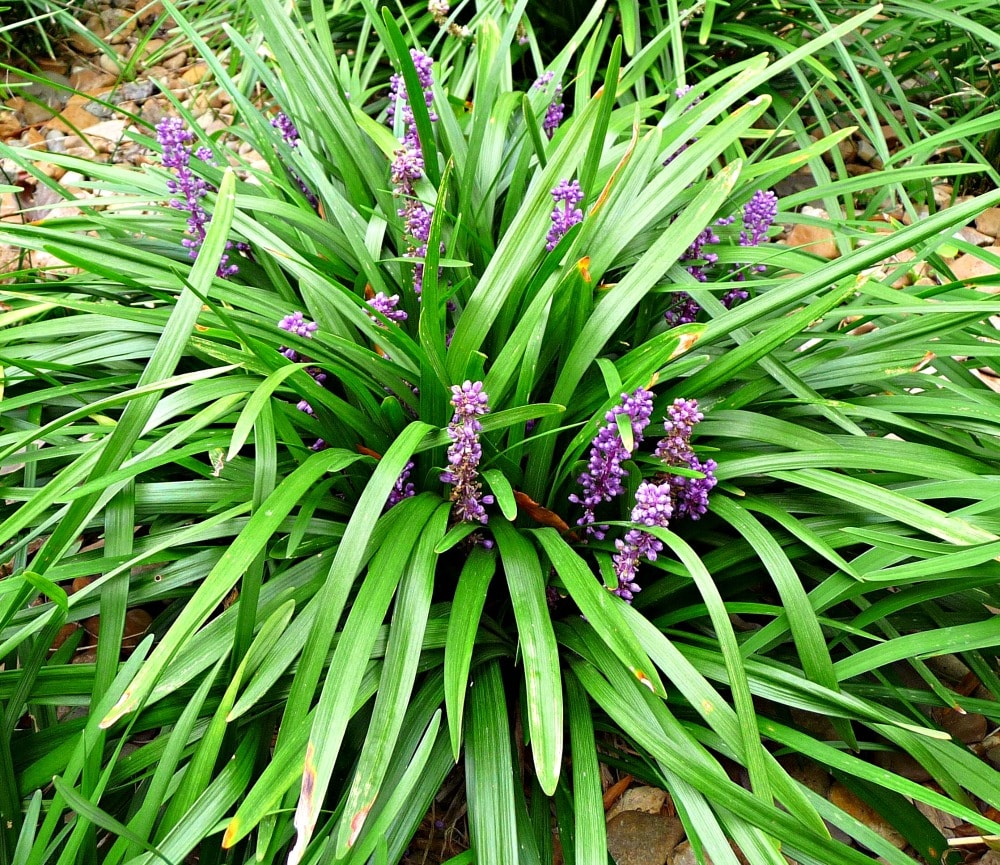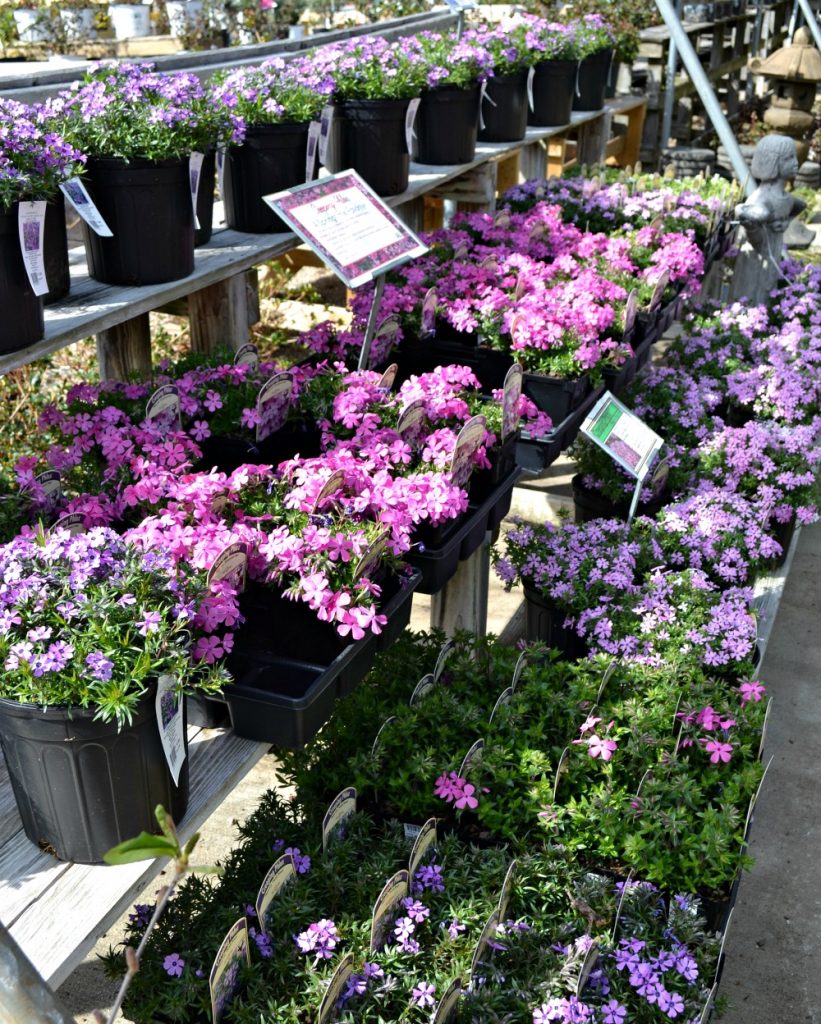Perennial Groundcovers
Are you looking for something to plant on that slope in your yard that you just can’t seem to get to with the lawn mower? Do you love plants that creep and cascade over rocks and stones or brick walls? Are you tired of mowing the lawn and wonder if there is an alternative? If your answer is yes to any of these questions you might be interested to learn about perennial ground covers. Just keep reading and you’ll learn what ground covers are and how they can be used in your yard or trouble spots.
What are ground covers?

Simply put, ground covers are plants that spread and cover the ground. Most are easy to grow and maintain and have a fast growth rate. You may already be familiar with popular varieties such as English Ivy, Pachysandra, Periwinkle and Liriope. These varieties have traditionally been used over the years but the list goes on and on, giving you a wide range of choices as to what you can plant for your particular needs. Almost any low-growing perennial can be used as a ground cover, such as certain herbs, vines, dwarf scrubs, small ornamental grasses, ferns, hostas, and moss.
Where to use ground covers
Ground covers can be used wherever grass does not grow such as trouble areas in your yard that might be too shady or wet, on steep slopes where lawn is not practical or under trees where there are lots of roots. Better yet, there are some ground covers that work well as grass alternatives, thus reducing the need for heavy fertilizers and pesticides all the while helping to conserve water.

Use ground covers to create a color scheme, to frame or trim a bed or path, between stepping stones or in rock gardens. Many varieties can be used for a cascading effect over stone or brick walls. Some ground covers can even handle foot traffic. Scented varieties work very nicely along pathways or between stepping stones.

Choosing only one variety of ground cover and using it as a mass planting to carpet an entire area or to use as an edging along a border can look quite impressive. This method defines the overall space and ties everything together. Carpeted mass plantings also serve as living mulch and help to suppress annual weeds.
How to plant ground covers
As always, when planting your ground covers it is very important to pick the right plant for the right place. Make sure you know your sun or shade conditions and soil conditions before you pick your plants. Also, good drainage is especially important with ground covers, so make sure you have prepped your soil.

If chosen and planted properly your ground covers can last for many years with minimal care and attention. With that said, just follow the rules listed below for easy planting:
- Destroy all weeds in the planting area before you begin.
- Select the right plant for the right spot.
- Modify the soil by adding plenty of weed-free organic matter.
- Space plants according to spacing requirements found on the tag.
- Use an organic mulch to minimize future weed problems. You will need to hand weed until your plants are fully matured.
- Water new plantings regularly for the first year being careful not to over or under water. Once plants are fully established they will need less water.
- Fertilize yearly in the spring to help keep ground cover thick and vigorous. Keeping your ground covers healthy and lush will help to keep the weeds out.
Enjoy!
MaryAnn G.
Fairview Greenhouses & Garden Center




